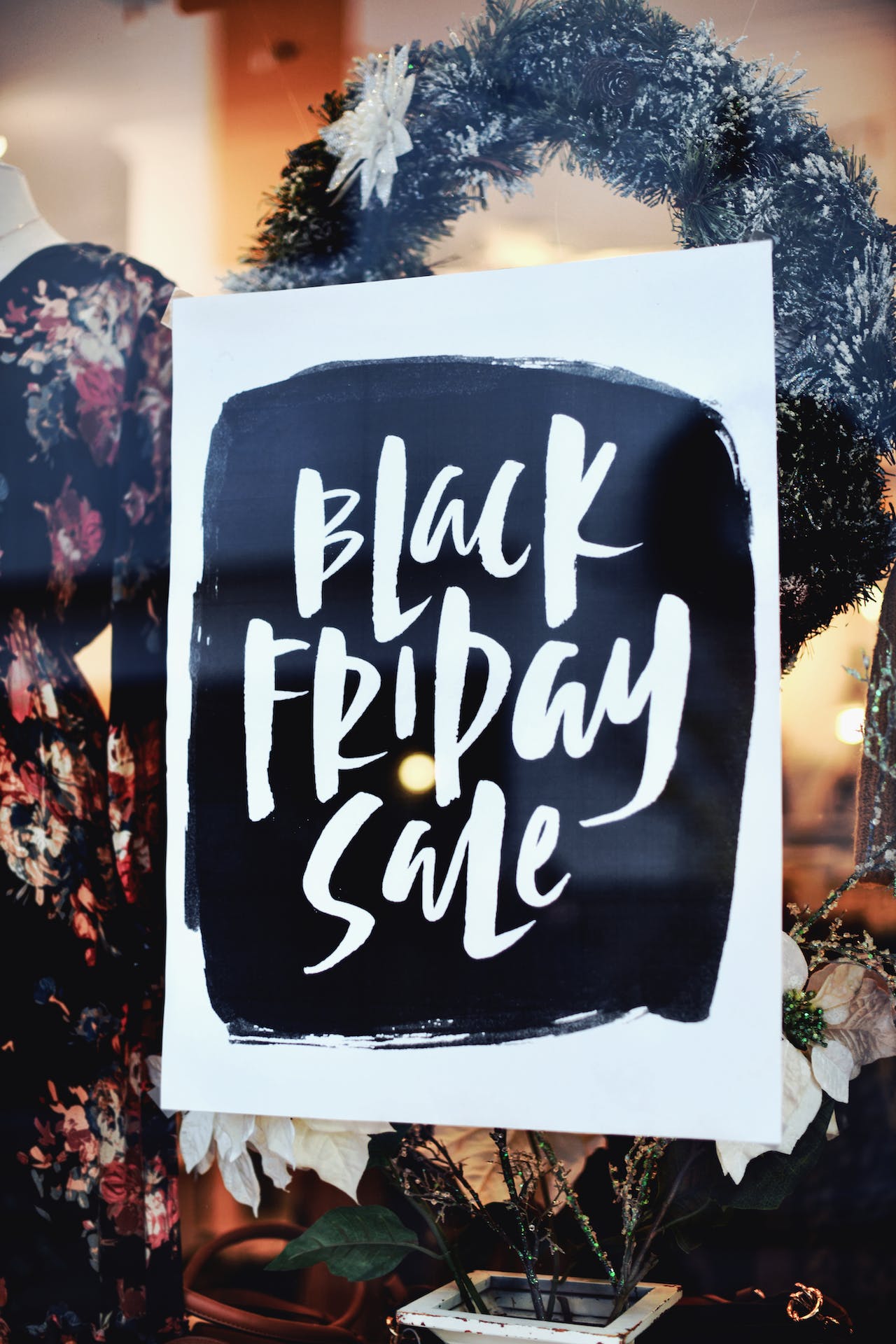Retailers worldwide are eagerly anticipating the kickoff of the holiday shopping season as millions of shoppers are expected to capitalize on Black Friday discounts. Against the context of economic challenges facing households in the US, Europe, and elsewhere, the holiday spending surge is approached with guarded optimism.
With consumers feeling the pinch of persistent inflation and higher interest rates, projections indicate that holiday spending in US will experience its slowest growth in five years. Consequently, major retailers have scaled back seasonal hiring initiatives. The National Retail Federation (NRF) estimates that a record 130.7 million people will participate in Black Friday shopping both in physical stores and online.
Traditionally, Black Friday shopping season has been synonymous with early morning queues at big-box stores, with eager shoppers seeking deals on items such as discounted TVs and home appliances. However, this year, observations at a Walmart in New Milford, Connecticut, revealed a less bustling scene, as the parking lot was only half full at 6 a.m.
Theresa Forsberg, a seasoned Black Friday shopper, noted the subdued atmosphere, stating, “It’s a lot quieter this year, a lot quieter.” Similar sentiments were echoed by shoppers in various locations, signaling a potential shift in the dynamics of this annual shopping extravaganza.
Despite the challenges, the NRF survey indicates that U.S. shoppers plan to spend an average of $875 on holiday purchases, a modest increase of $42 from the previous year. Top items on shopping lists include clothing, gift cards, and toys.
Internationally, Black Friday has gained popularity in countries like France, Italy, and Spain, with shoppers primarily targeting clothing and electronic goods. In the UK, spending has seen a marginal increase of 1.4% compared to the same period last year, according to Barclays data.
The rise of online shopping has reshaped Black Friday from a single-day event to an extended shopping period. Retailers, including Macy’s and Amazon, now launch deals as early as October, extending promotions closer to Christmas. This shift challenges the traditional significance of Black Friday shopping season, requiring retailers to adapt to changing consumer behaviors.
Inflation remains a key concern for retailers, as consumers navigate higher prices. The success of Black Friday deals in persuading shoppers to open their wallets is a critical factor for the industry. Retailers like Walmart, Lowe’s, and Home Depot have maintained or increased advertised discounts, but the overall impact remains uncertain.
Best Buy, offering significant discounts on electronics, acknowledges that consumers are still hesitating on big-ticket purchases. At a Walmart in Raleigh, North Carolina, shoppers veered towards electronics and kitchen appliances, emphasizing a preference for deals on televisions and coffee machines over traditional toy purchases.
Luxury spending downturns have prompted department stores to offer substantial discounts on high-end items. British retailer Argos reported strong sales of PlayStation 5 gaming consoles, Beats wireless headphones, and Apple AirPods on Black Friday.
Simultaneously, Amazon workers staged strikes across Europe, part of the “Make Amazon Pay” campaign spearheaded by the UNI Global Union. The campaign emphasizes worker rights and fair labor practices, with protests spanning over 30 countries.
In conclusion, as the holiday season unfolds, retailers and consumers alike navigate the intricate landscape of holiday spending in the US and worldwide, adapting to economic uncertainties and seeking a balance between festive enthusiasm and financial prudence.
Source: Reuters



